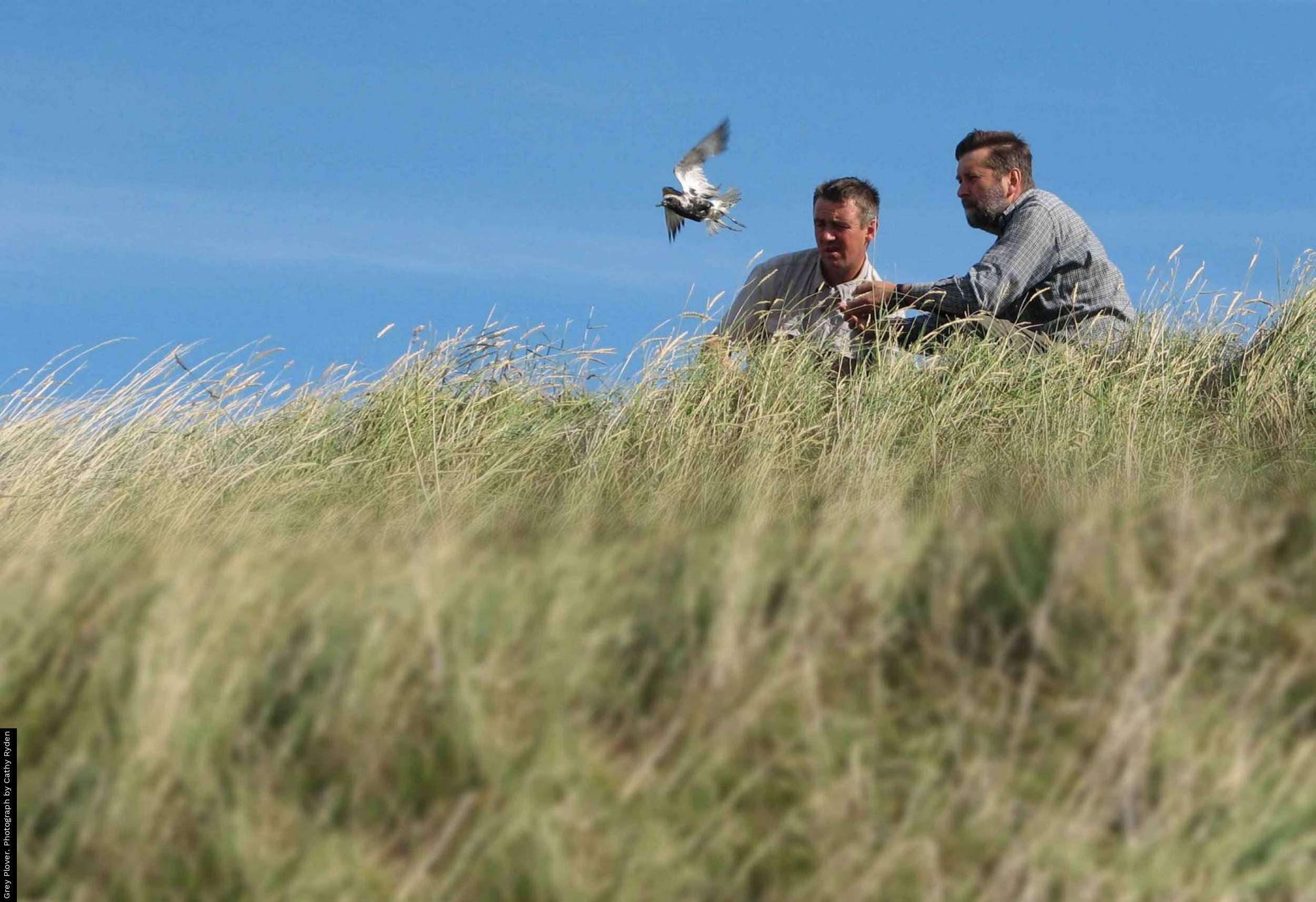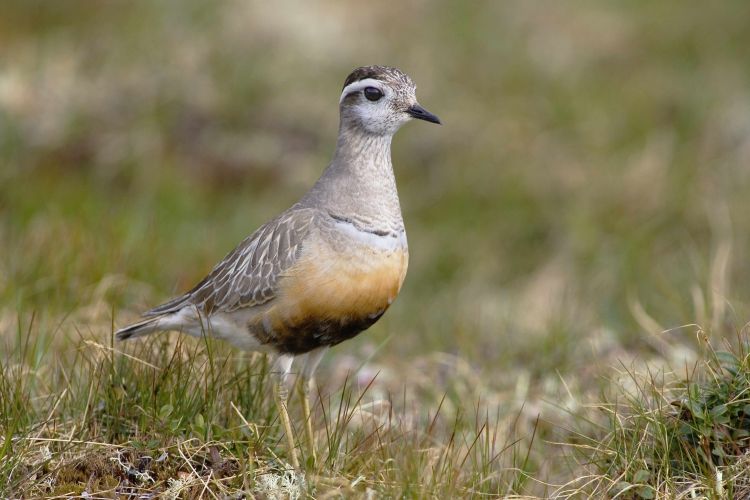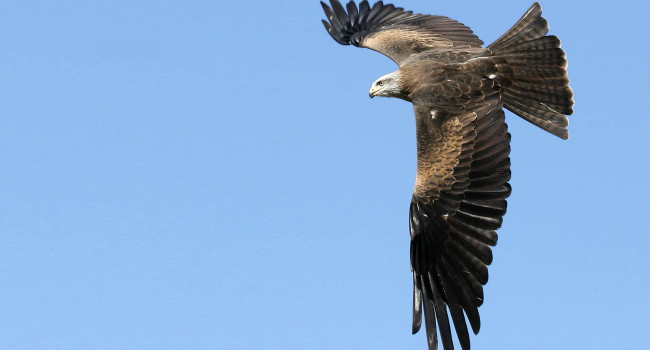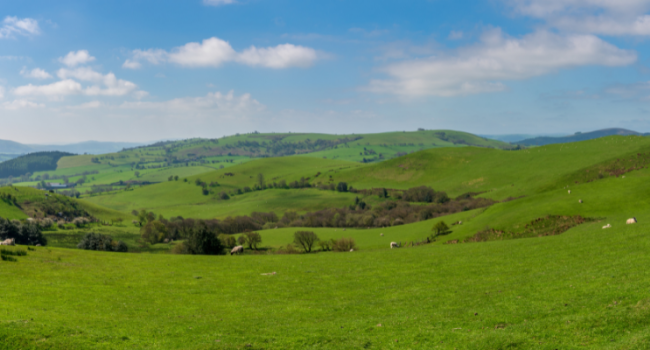Informing adaptation
in the CHAINSPAN analysis
If climate change is to result in significant shifts in the distribution and abundance of species, then it may require long-term planning by conservation organisations in order to adapt. This may involve increasing the connectivity of habitats in order for species to track changes in their climate, increasing the size of protected areas to increase the resilience of those populations to climate change, or managing sites to reduce negative climate change effects. There is much that current research can do now to inform this process (Pearce-Higgins et al. 2011). Recent BTO-led work, funded through CCI, has built on this knowledge in order to develop guidance to inform climate change adaptation for conservationists around the world. An example of what such adaptation action may look like in practice can be seen RSPB/BTO from work on golden plovers.
Other BTO-led work takes a more empirical approach to inform adaptation. Using similar models to those outlined previously, we are currently modelling the likely effects of climate change on the size of populations supported by protected areas that form the Special Protection Area (SPA) network across Europe (the CHAINSPAN project). For many coastal wetland species, there is good evidence that their distributions are shifting in response to climate change (Austin & Rehfisch 2005, Maclean et al. 2008) which may have implications for protected areas. We therefore model the extent to which such shifts are likely to affect a wider suite of species, in order to assess the extent to which any future shifts in the distribution of species in response to climate change may affect the proportion of a species population supported by the SPA network. Together, with RSPB, these results are then used to assess the extent to which site management may also be required to reduce these effects. Models such as these may also be used to identify species priorities for conservation in a changing climate.
References
Austin, G. & Rehfisch, M.M. 2005. Shifting non-breeding distributions of migratory fauna in relation to climatic change. Global Change Biology 11: 31-38.
Maclean, I.M.D. et al. 2008. Global warming causes rapid changes in the distribution and abundance of birds in winter. Global Change Biology 14: 2489-2500.
Pearce-Higgins, J.W., Bradbury, R.B., Chamberlain, D.E., Drewitt, A., Langston, R.H.W. & Willis, S.G. 2011. Targeting research to underpin climate change adaptation for birds. Ibis 153: 207–211.







Share this page